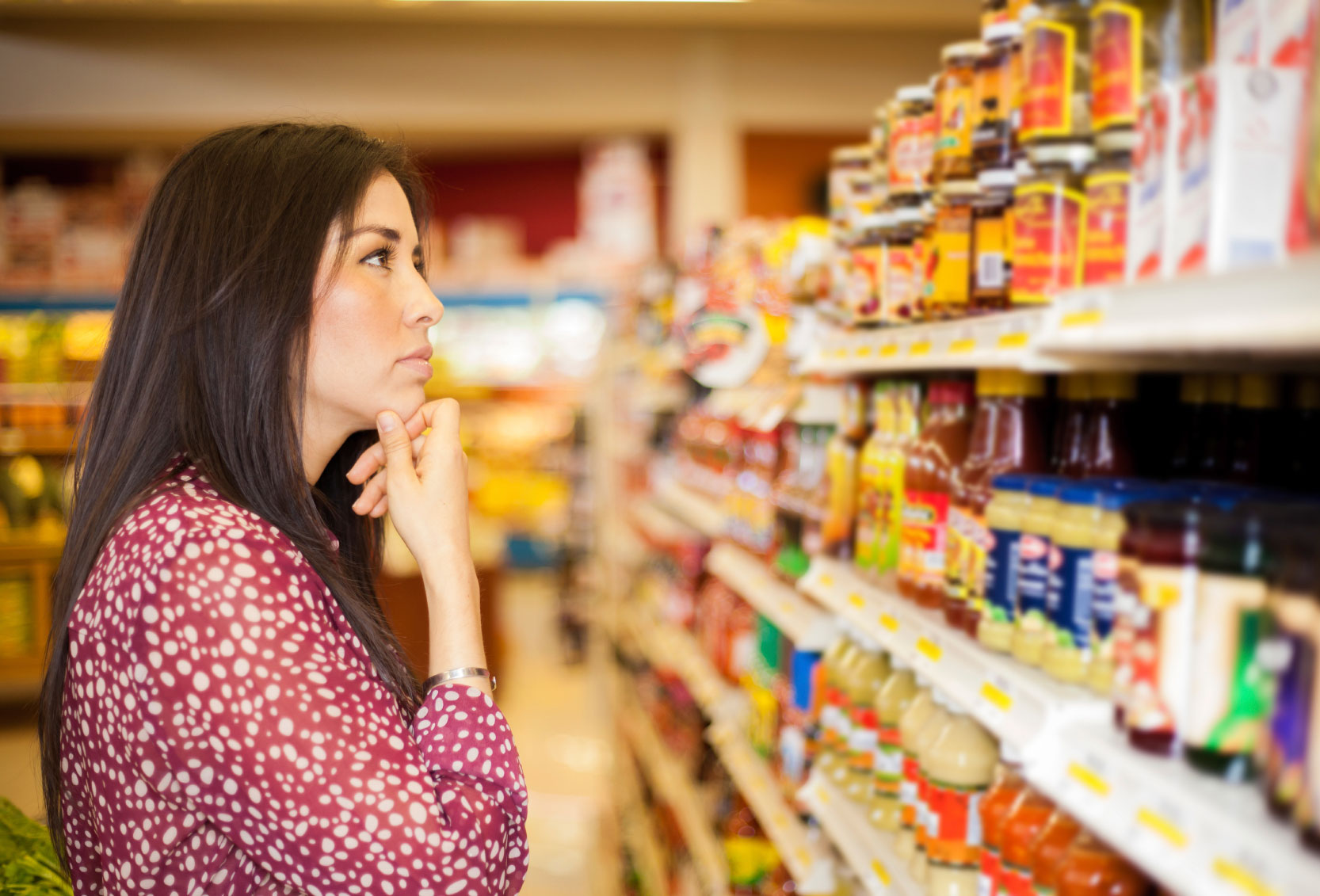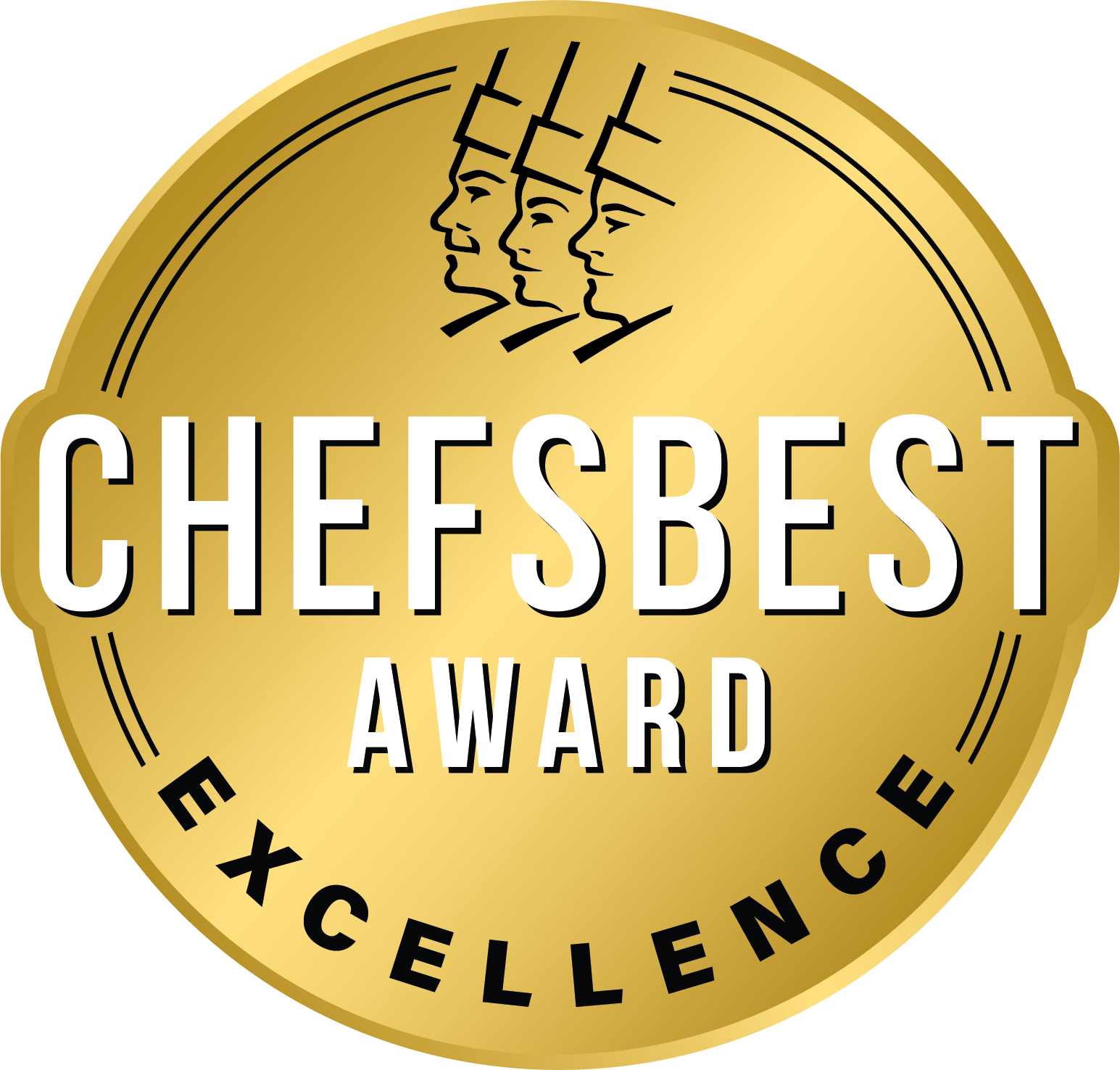3 Steps to Avoid Making False Advertising Claims

In the food and beverage industry, advertising claims, like “All Natural” or “Preferred by Moms 2-to-1” are used profusely. While claims can be effective, they are also fraught with the danger of a legal contest. Costs can quickly mount if a claim needs to be defended in court, before the National Advertising Division or with the Federal Trade Commission (FTC).
Packaging or advertising redesign can be costly, however, the most devastating damage is done to the brand in the process of a legal challenge. Disintegration of consumer trust and bad publicity are two of the unintended consequences faced. Careful due diligence can help minimize risk.
1. Recognize when you are making a claim.
Advertising claims take many forms: Some are obvious while others are subtle. For example, implied claims are usually inferred by context. The first crucial step is recognizing when you are making a claim. Here are some examples of common types of claims:
- “America’s Best-Tasting”
- “New and Improved”
- “Award-Winning Taste”
- “People prefer our chocolate flavor”
- “7 out of 10 people preferred X”
- “Tastes as good as X”
- “100% Natural”
- “Endorsed by Professional Chefs”
Every claim, no matter where it is used, must be substantiated. Additionally, most ad claims on package are limited to a 6-month usage, while claims used on TV may remain on air for about 12 weeks.
2. Substantiate your claim.
Once the intended claim has been realized, design the sensory research to support your claim carefully. Having a multi-disciplinary team involved early, with representatives from compliance, research and development, and branding teams, can assist in a well thought-out test design. Meticulous planning will minimize potential exposure to false advertising claims and provide results with confidence. Research design may point in one of two directions based upon the advertising claim being made.
Consumer research may be used for claims related to product quality, preference or parity. Industry standards recommend a minimum of 4 to 8 representative cities from across the United States, with at least 100 consumer participants from each location. Questionnaire development is critical to the results and potential challenges by competitors. Test execution, data collection and analysis must follow exacting guidelines.
Expert panel research supports claims related to product quality or attributes, parity and differentiation. ChefsBest, for example, uses a highly trained panel of chefs, certified as Master Tasters®. They objectively evaluate food using a proprietary process based on industry best practices. The evaluation process includes market research, creation of a quality definition, a double-blind product evaluation, and a potential award of Best Taste or Excellence.
3. Call for backup.
There are many resources available to assist in bringing a safe advertising claim to market. Leveraging resources on testing methodology, such as the ASTM E1958-12, National Advertising Division, the Food & Drug Administration and FTC is a good starting point. Additionally, seek guidance from legal counsel and use only reputable agencies to conduct research.
With decades of experience supporting brands in making ad claims, ChefsBest offers expertise that has been vetted by every major food manufacturer in the United States. It provides an efficient path to making powerful, science-based advertising claims.
While claims can help a product stand apart in the aisle, careful consideration should be made in order to avoid making false advertising claims. In addition to following the three steps outlined above, be sure to evaluate the competitive landscape of the product category, determine a potential course of action for a challenged claim and prepare to celebrate the great rewards.
